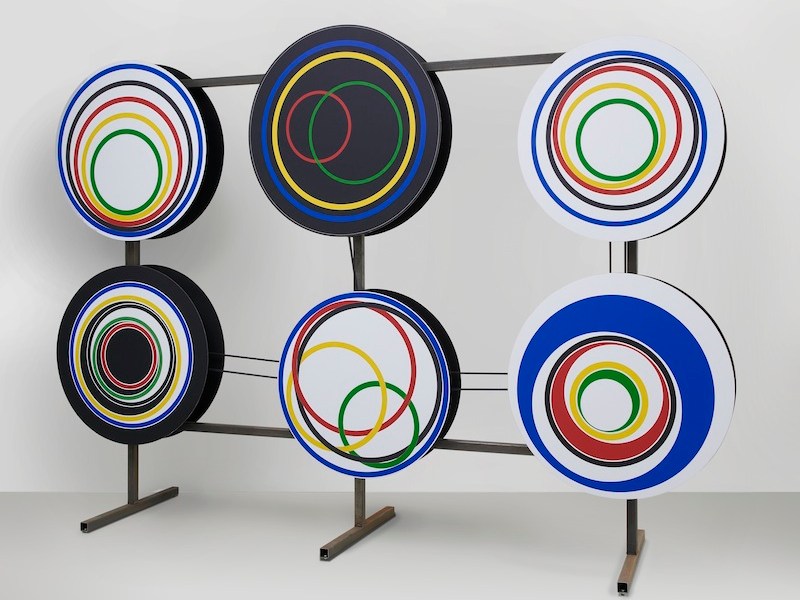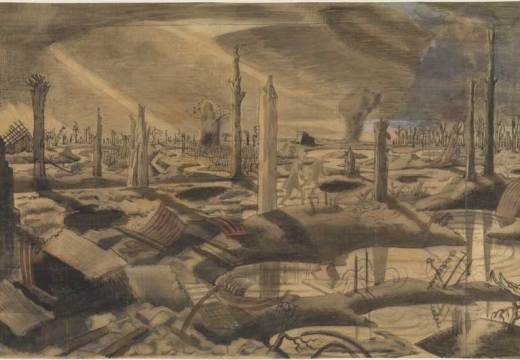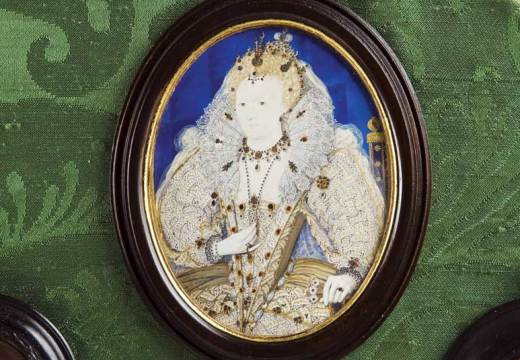In 1913, Marcel Duchamp revolutionised art when he created his first readymade, Bicycle Wheel – a work that would be unveiled to the public the following year. To mark the centenary, the Fine Art Society in London has commissioned pieces more than 50 artists – among them Gavin Turk, Cornelia Parker, Martin Creed and Michael Craig-Martin – for a major exhibition: ‘What Marcel Duchamp Taught Me’.
A cloud of meaning – and latterly misinformation and cliché – always descends on the artist Marcel Duchamp.
In 1913, he dispelled what he termed ‘retinal art’, including his own, in favour of the ‘readymade’ (his word): a kind of poetic realism where the objet d’art is created by the ‘institution’ of art, using framing and context. To put it another way, it’s not what we see, but how we see, that becomes paramount. The audience is crucial to both the reception and production of the art. I first saw his work on my foundation course, when I was a curious student: it was key to the transformation of my youthful thinking.
Duchamp is probably the most written about of any modern artist, with libraries of intellectual musings dedicated to his artistic output. It’s fascinating to realise that the longevity of this struggle to attribute a controlled meaning to Duchamp only deepens the ambiguity and poetics of his work. For all that he is overexposed, he remains mysterious and enigmatic. In the mid 1920s, Duchamp famously gave up art to play chess, turning on its head the idea that art and being an artist was a vocation that required the artist’s full attention. In fact, maybe it was the creation of this gap that strengthened his grip on our consciousness.
Duchamp represents an inescapable intellectual condition, in which communicative play and unconscious rambling describe reality. He is now publicly attributed with getting the ball rolling for the kind of art
that is known as conceptual – a strange category, since even conceptual art has to take some sort of thought-free form. Umm…conceptual…I get it! Or is it that I don’t, and that’s it. Either way, that ‘it’ makes for the intellectual point of the work, and unfortunately with Duchamp the point was visual indifference: more of a plastic pun than a record of expression. For me, art challenges perception, so what ‘I think I know’ is still a resonant and fluid space where ‘I know I don’t know’ or ‘I think
I don’t know’ or ‘I know I don’t think’. All this, even before we get to the ontological problem of being…
Duchamp also represents my first realisation that deep thinking can best be activated through humour. Comedians are often more profound than our philosophers. At least they communicate better, and often the laugh trails off into uncomfortable self-reflection: why did I find that funny? Perhaps Duchamp’s humour and his influence on my work could be better described as a form of wit. This is the capacity for inventive thought and quick understanding, coming from the old English word, identifying the mind as the seat of consciousness. It’s not a belly laugh, more a whimsical mental smile like La Joconde; being in on the joke, without really quite being able to identify what the joke is.
The archetypal representation of conceptual art is Duchamp’s lying-down urinal, Fountain (1917). It is commonly perceived to be a flippant comment, an early attempt at shock factor, at saying ‘anything can be art.’ But it is actually a sophisticated recipe of ingredients in one object: fountain; water; nature; waste; male; rude; base; prostrate; whimsy; curvaceous; elegant; comical; cute; decommissioned; useless; vulnerable; porcelain; supine; vase. It is ‘the Buddha of the bathroom’. This is all there if you spend time gazing through the cliché.
‘What Marcel Duchamp Taught Me’ is at the Fine Art Society, London, from 10 October–5 November 2014.
Click here to buy the October issue of Apollo
Unlimited access from just $16 every 3 months
Subscribe to get unlimited and exclusive access to the top art stories, interviews and exhibition reviews.














![Masterpiece [Re]discovery 2022. Photo: Ben Fisher Photography, courtesy of Masterpiece London](http://www.apollo-magazine.com/wp-content/uploads/2022/07/MPL2022_4263.jpg)
Is the Stirling Prize suffering from a case of tunnel vision?